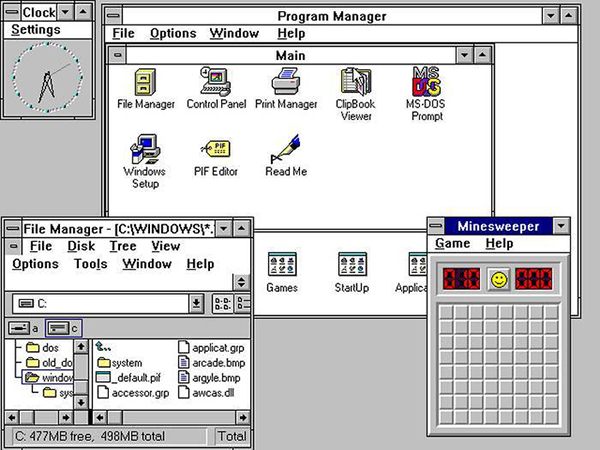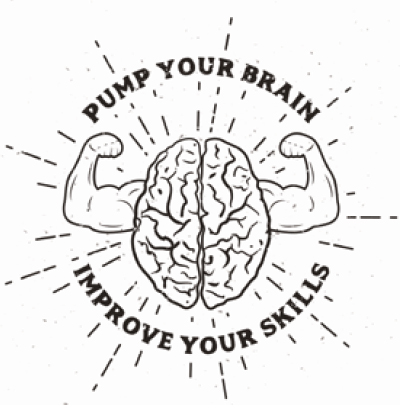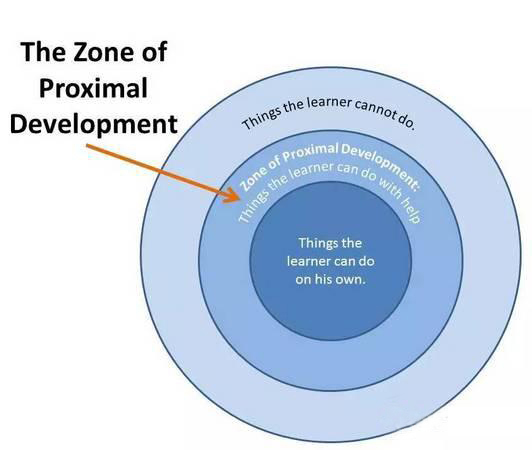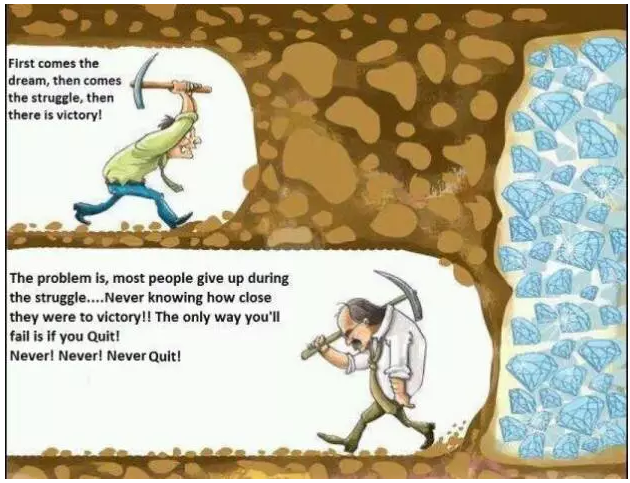Remember that the original computer was a DOS system without a mouse. When Microsoft launched Windows, it was accustomed to users who used DOS system “command line” operations, which were not adapted to the graphical interface of Windows. For the new device, the mouse, they say “extra” and “don’t know where to put it”.
In fact, Microsoft engineers have been thinking about this since the launch of the system. I have to admire Microsoft company here. Microsoft’s staff took apart the consumer’s perception that “not adapting to a graphical interface” was a cognitive habit, and “not controlling the mouse” was a habit problem. Obviously, the latter requires some degree of training.
This is “defining the task” – breaking up tasks that require proficiency.
For this task, the engineer further defined the five common actions of the mouse in use: movement, left stroke, right click, double click, drag.
This is called “decomposing skills“.
This is the first step in “deliberate practice” : “defining tasks and breaking down skills”.
What can we do next? What about the teaching of handholds like the previous computer training? This is completely unimaginable cost. So, the idea of a genius came up, and this was the first time that the two classic games, minesweeper and solitaire game, appeared on Windows 3.1. Now you know, mine-clearance and solitaire are not designed to kill time for you.

minesweeper and solitaire game, appeared on Windows 3.1
These two games require a lot of “mobile, left-click, right click, double click, drag” these five basic mouse movements to play the game. I remember a lot of people around my age who used to play games to get used to the mouse.
This is the second step of deliberate practice: “setting goals, designing training”.
Remember that? Minesweeping game from 9 * 9, 16 * 16 * 16, 30 escalated, by scoring, provide feedback skills upgrading, to ensure that the game difficulty skill level ascending simultaneously with the user, let you of the mouse convenience, more and more confident.
This is the final step of deliberate practice: “constant feedback and practice”.
The practice of “deliberate practice” in the form of games is more than just a kindergarten trick. In fact, many companies are already trying to “play games”. Companies use charts, grades, and performance indicators to develop gamification strategies, turning boring jobs into more interesting competition. In the face of the boring work mode of the machinery manufacturing industry, PURROS has tried a lot of new methods in the work mode to improve the enthusiasm of the work. For example, we set up the skills contest to select the most creative engineer, the most skilled mechanic, the most accurate surveyor. We also set up innovation teams, discussion groups, press stations, cultural parks, etc. A series of small teams. Each group has a different function, and they can better provide feedback to you, thus improving technology and practice. The use of such a group can also make the game more work and improve the work enthusiasm of the staff, making people feel that the work is not just work, but also life. The innovation of PURROS machinery is very popular among employees, and we also thank our staff for creating excellent products for us.
Deliberate practice is a highly structured activity engaged in with the specific goal of improving performance.
Deliberate practice is different from work, play and simple repetition of a task. It requires effort, it has no monetary reward, and it is not inherently enjoyable.
When you engage in deliberate practice, improving your performance over time is your goal and motivation.
If you want to gain skills rapidly or approach expert-level status at something, you must understand the importance of deliberate practice and learn how to incorporate it into your daily life.
How to solve the problem of new product development?
Actually PURROS experiments in the development of new products is to use the “define tasks, skills, design goals, design training, constant feedback, and constantly practice” this a few process, to solve the problem, until the assembly line. The developers of our products are not geniuses. Their products are made by long-term training and research. They are common, but they are talented.
Mozart at the age of four began to learn the piano, touring in Europe 6 years old, his talent is not born, but after a lot of hard practice, his father even gave up the job of court musician, nurtured him. Genius is the product of training, and they, like us, have the ability to adapt to the brain and body, only to take advantage of that ability more than we do. So no one is born a genius. The development of enterprises is not supported by geniuses.

How to solve the problem of new product development
When it comes to bottlenecks, how do companies change?
Try to do different things, not harder things; Maybe you’re not reaching the limit, but you’re not motivated enough.
Malcolm Gladwell, in the best-selling “Outliers” put forward the law of “10,000 -Hour Rule”, the rule appears to be well known, but many people may not notice the matching of “deliberate practice” theory (the deliberate practice). Just 10, 000 hours of accumulated practice doesn’t guarantee you a top talent, or many people with ten years of work experience should be industry experts.

What Deliberate Practice Means for You?
Natural ability is no excuse.
How you practice matters most.
To benefit from practice and reach your potential, you have to constantly challenge yourself.
This doesn’t mean repeatedly doing what you already know how to do.
This means understanding your weaknesses and inventing specific tasks in your practice to address those deficiencies.
How long you persevere determines your limits.
Becoming an expert is a marathon, not a sprint.
You cannot reach your mental and physical limits in just a few weeks or months. To grow to the top of your game, you’ll have to persevere for years.
Your practice has to be deliberate and intense, but it also has to be carefully scheduled and limited in ways to avoid burnout and long-term fatigue (both mental and physical).
Motivation becomes the real constraint on expertise.
Practice isn’t always fun. It’s an investment into improving yourself, your skills and your future.
Believe in the power of persistence

How long you persevere determines your limits.
We held on for a long time, but we didn’t get it, not because we didn’t improve, but because we got into what’s called a “plateau”. If you pull out, you’ll quit. To believe in the ability to cultivate, we must believe that learning can make us improve every day. In the face of technical difficulties and transformation, the innovation and ability of the technology is the crux of the matter.









